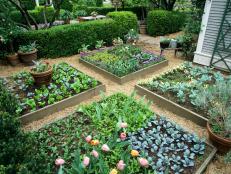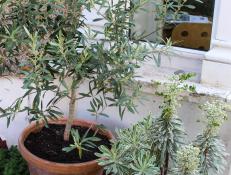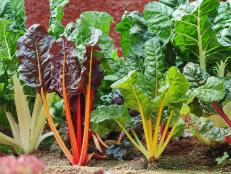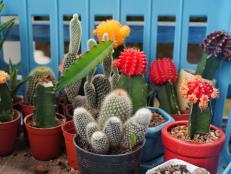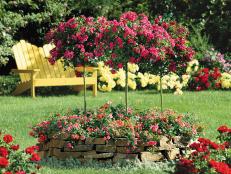1 / 22
Photo: Image courtesy of Proven Winners
Coral Bells
There's no need to skimp on color in a shade garden. Heucheras, also known as coral bells, come in a wide variety of colors — from chartreuse to red to purple to pink — and pair perfectly with other shade-loving perennials or on their own in containers.







